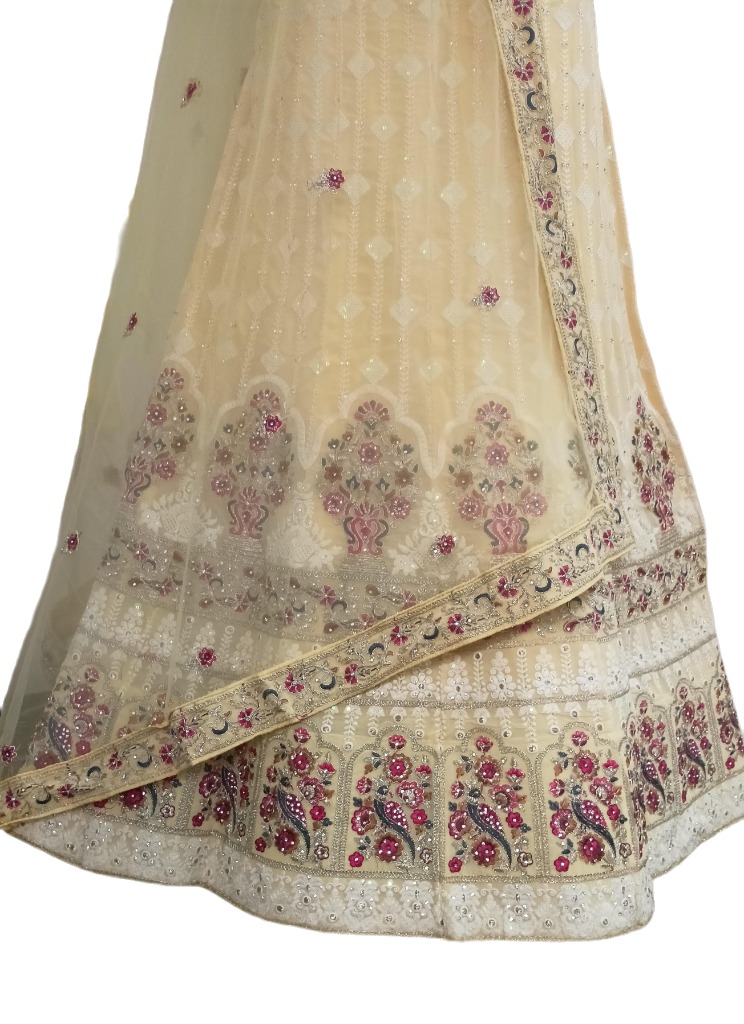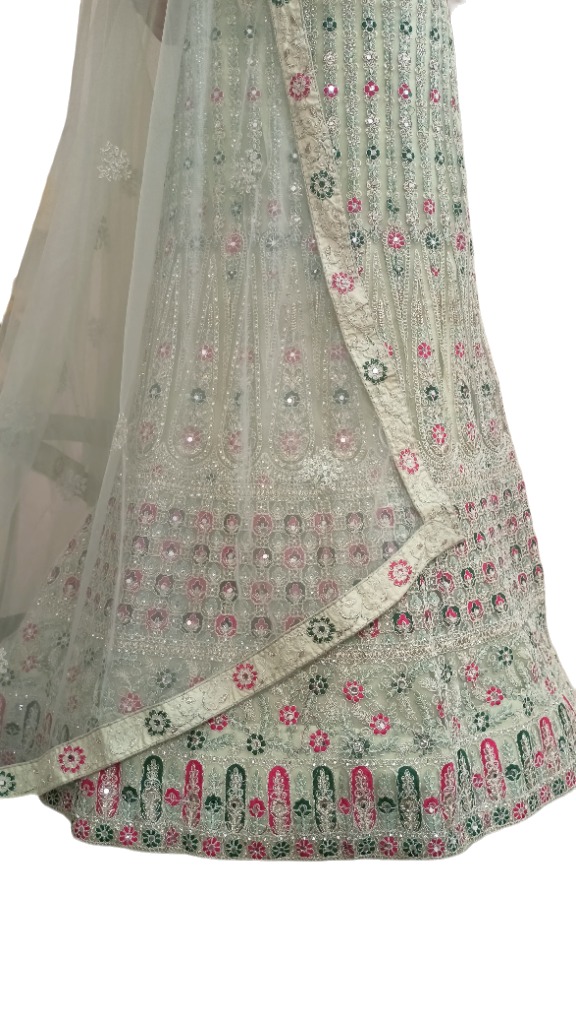IGNOU BPAC-132 SOLVED ASSIGNMENT 2022-23
DOWNLOAD HERE IGNOU BPAC-132 ASSIGNMENT 2022-23 AND ALSO check out IGNOU BPAC-132 SOLVED ASSIGNMENT 2022-23 GUIDELINES. यहाँ BPAC-132 ASSIGNMENT 2022-23 डाउनलोड करें और इसके अलावा IGNOU BPAC-132 SOLVED ASSIGNMENT 2022-23 की GUIDELINES भी देखें।
Which assignments do you have to submit to appear for the June 2023 exam?
Assignment 2022-23 (Last date 30 April 2023)
Which assignments do you have to submit to appear for the December 2023 exam?
Assignment 2022-23 (last date 30 October 2023)
Bavtm : Bachelor Of Arts (Vocational Studies) Tourism Management
| Subject | Solved Assignments | Note/Question Papers |
| Ist Sem
BHDLA135 BEGLA135 BUDLA135 BSKLA 135 BEVAE181 BTMC-131 BTMC-132 IInd Sem BHDLA136 BEGLA136 BEGAE182 BHDAE182 BTMC -133 BTMC -134 IIIrd Sem BHDLA137 BEGLA137 BCOS-183 BTMC -135 BTMC -136 IVth Sem BHDLA138 BEGLA138 BCOS -184 BTMC -137 BTMC -138 Vth Sem BTME-141 BTME-143 BTMS-185 BTMG-171 VIth Sem BTMP-142 BTME-144 BEGS-186 BTMG-172 |
__________________ | __________________ |
Q. IGNOU BPAC-132 SOLVED ASSIGNMENT 2022-23 कब तक जमा करना है ?
- जूलाई 2022 में एडमिशन लेने वालों को 3O APRIL 2023 तक।
- JAN 2023 में एडमिशन लेने वालों को 3O OCTOBER 2023 तक।
QUESTION. IGNOU BPAC-132 के EXAM कब होगें।
- JULY 2022 में एडमिशन लेेने वालो के JUNE 2023 में।
- JAN 2023 में एडमिशन लेेने वालो के DEC 2023 में।
QUESTION. IGNOU BPAC-132 की DATE SHEET कब आयेगी।
ANS.
- JULY 2022 में एडमिशन लेेने वालो के MARCH 2023 में।
- JAN 2023 में एडमिशन लेेने वालो के SEP 2023 में।
QUESTION. IGNOU BPAC-132 का HALL TICKET कब आयेगा।
ANS.
- JULY 2022 में एडमिशन लेेने वालो के MAY 2023 के अंतिम हफ्ते में .
- JAN 2023 में एडमिशन लेेने वालो के OCT 2023 के अंतिम हफ्ते में .
QUESTION. IGNOU BPAC-132 का रिजल्ट कब आयेगा।
ANS.
- JULY 2022 में एडमिशन लेेने वालो का AUGEST 2023 के पहले हफ्ते में.
- JAN 2023 में एडमिशन लेेने वालो का FEB 2024 के पहले हफ्ते में.
QUESTION. IGNOU में PASSING MARKS क्या है?
IGNOU uses 10-Point Grading System for evaluating learners’ achievement for Bachelor Degree Programmes under CBCS, as under:
GRADE Numerical Percentage
Grade
O (Outstanding) 10 > 85 (85 से ऊपर नम्बर)
A+ (Excellent) 9 > 75 to < 85(75 से 85 के बीच नम्बर)
A (Very Good) 8 > 65 to < 75(65 से 75 के बीच नम्बर)
B+ (Good) 7 > 55 to < 65(55 से 65 के बीच नम्बर)
B (Above Average) 6 > 50 to < 55(50 से 55 के बीच नम्बर)
C (Average) 5 > 40 to < 50(40 से 50 के बीच नम्बर)
D (Pass) 4 > 35 to < 40(35 से 40 के बीच नम्बर)
F (Fail) 0 < 35(35 से नीचे नम्बर)
Ab (Absent) 0 Absent(उपस्थित नही)







